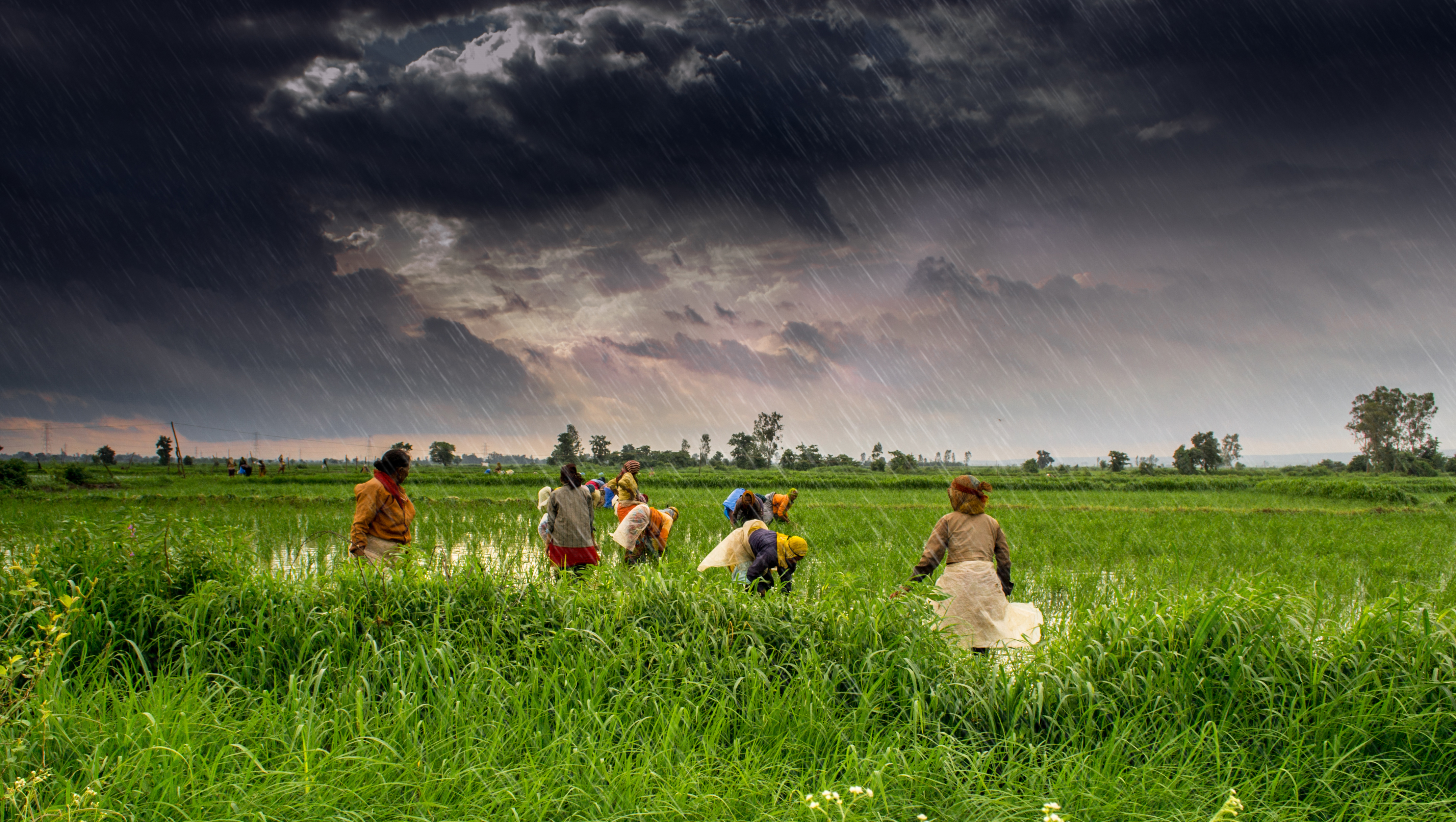
Self-sufficiency of villages is ingrained in the discourse of India’s freedom movement as a Gandhian ‘ideal’. But farm economies, not just in India, fall far behind on social and economic indexes. There’s something eternally unfixed, which brings us here. Markets are still not fair and innovations are harder to access. What we take to rural India is new technology, better integration of departments and markets.
There are multiple steps that India and the developing world can take, towards building stronger, sustainable and progressive agrarian economies. In regions like Orissa, Jammu, Kenya and Sri Lanka, we work on multiple verticals and offer a comprehensive enhancement of existing systems through the following measures -
Price Information Dissemination
We strive to build a price information system for farm and fisheries produce to disseminate market prices of select commodities to farmers. Awareness about price mechanisms is quite critical to their growth and their choices.
Horticulture Marketing
This will enable supply chain members such as breeders, producers, consumers and market intermediaries to build marketing systems
Leveraging Agtech
Agtech will enable data collection and make decision-making easier by making information on price, soil conditions and markets accessible on a single dashboard.
Harvest Comparative Advantage
To give farmers a macro picture of the potential of alternate crops, harvest crops and alternate methods that can enhance profitability. This can incentivise cultivation of medicinal, aromatic crops, fruits, millets etc.
Farmer Livelihood
Monetize of produce will help in promoting secondary agriculture and an entire value chain can be defined through logistics, processing and better marketing.
“ Why are farmers poor was a question I asked again and again during my growing up years, especially at my time at SRCC, Delhi University. There must have been something that politics wasn’t solving, neither were people’s movements. Because of GDi, I got an opportunity to work on agrarian reforms in Odisha. One key challenge was in executing the ag-tech challenge (inviting startups to present their solutions to select problem statements given by the dept) since the entire challenge involved multiple partners for implementation, knowledge sharing, funding etc. Trying to design the event by accommodating the vision of all such stakeholders without losing sight of the end goal was a very challenging aspect. ”









